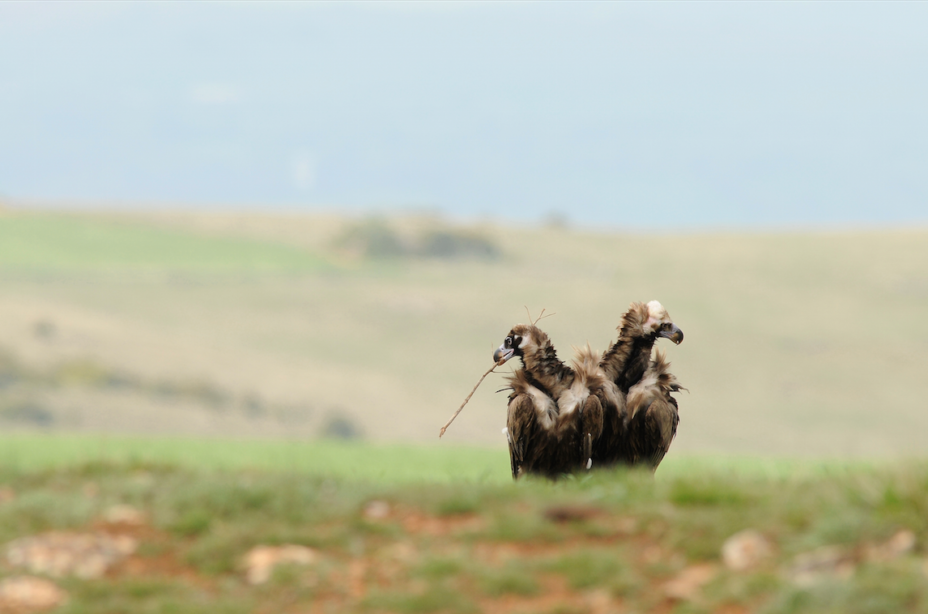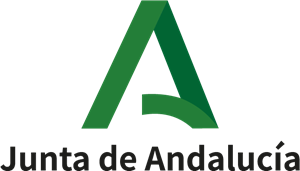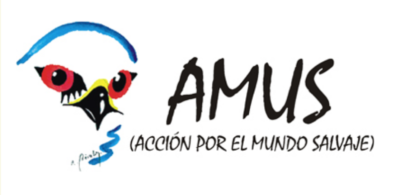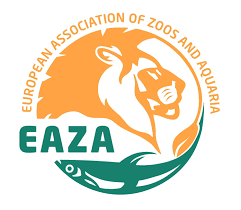Cinereous Vulture France
Bringing back the Cinereous Vulture, Europe's largest vulture, to France
- Homepage
- Pages
- Our Work
- Reintroduction And Restocking
- Cinereous Vulture to France
© Bruno Berthemy
The Cinereous Vulture went extinct in France over 100 years ago. Following the great success of the Griffon vulture reintroduction, conservationists launched a reintroduction project in the early 1990s focusing on the Grands Causses to bring this magnificent species back. Between 1992 and 2004, a total of 53 birds were released at the region of Grands Causses, that came from captive breeding and from the wild after they were rescued at rehabilitation centres in Spain. The first breeding in the wild happened in 1996, 90 years after the last known breeding in France. Following the success of this project, a second reintroduction project began in 2004 that is still ongoing and releases birds in the Southern Alps at the Regional Natural Parks of Baronnies provençales and Gorges du Verdon. The objectives of these reintroduction programmes are to release 50 birds per site to create a viable nucleus of populations.
TRACKING MOVEMENTS OF RELEASED BIRDS
Ahead of their release, several Cinereous Vultures are equipped with GPS tags to monitor their movements, understand foraging behaviour and identity and tackle threats.

CONSERVATION ACTIONS AND ACHIEVEMENTS
The reintroduction in Grands Causses is a success with a progressing number of breeding pairs and a stable nucleus of population. The reintroduction programmes in the Southern Alps are included in the national species action plan and is still based on a national and international partnership. LPO Provence-Alpes-Côte d’Azur and Vautours en Baronnies lead the project with the support of the Vulture Conservation Foundation (VCF), Spanish Ministry of the Environment in Extremadura and Andalusia, European zoos part of the Cinereous Vulture EEP, LPO Grands Causses, DREAL Occitanie and PNR Verdon. This initiative has so far released 41 Cinereous Vultures in the Gorges du Verdon and 49 in Baronnie provençales. The project’s efforts are not over since the goal is to release at least 50 birds in each target area. Thanks to these actions, the first breeding in Baronnies happened in 2010, while in the Gorges du Verdon it was registered in 2013. In 2019, the French Cinereous Vulture population had 41 breeding pairs that produced 23 chicks. In 2020, 48 breeding pairs were recorded (28 in Grands Causses, 15 in Baronnies, 5 in Verdon). Most of the birds are ringed and many are equipped with a GPS tag to monitor them. Tagging birds helps the partners to understand their movements and the birds’ foraging ranges and habits. It also allows the teams to react quickly when a vulture is no longer moving and potentially injured.
SUCCESSFULLY REINTRODUCED
Today, there are at least 48 Cinereous Vulture breeding pairs in France, as a result of the reintroduction efforts! In 2020, the last five Cinereous Vultures were transferred from Spain to be released in France, as the French population of the species are now self-sufficient.

The VCF plays a part in the success story of the Cinereous Vulture reintroduction in France, with the species now firmly re-established. The VCF is mostly responsible for securing the provision of birds from Spain coming from a wild origin via rehabilitation centres after they are picked up injured or exhausted, and facilitating their transfer in collaboration with regional administrations in Spain and the French NGOs associated with the reintroduction sites. More specifically, the birds were donated by the Junta de Andalucía and the Junta de Extremadura and were hosted temporarily at the recovery centres CREA, AMUS and Los Hornos. Another important part is that the VCF is providing some of the GPS tags to monitor the movements of the released birds.









